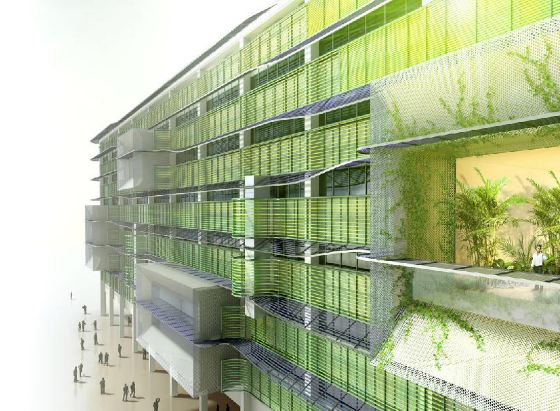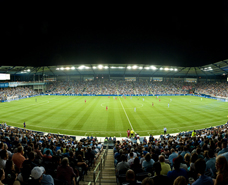Algae Architecture
Building with green slime
Net-zero building has come a long way since its nascent stages. Designers and engineers once struggled to find methods that allowed occupants to live with modern comforts without relying on unsustainable energy sources. Passive solar heating, solar panels, hydropower and wind turbines posed viable solutions for indoor climate control and power generation but each reaches […]

